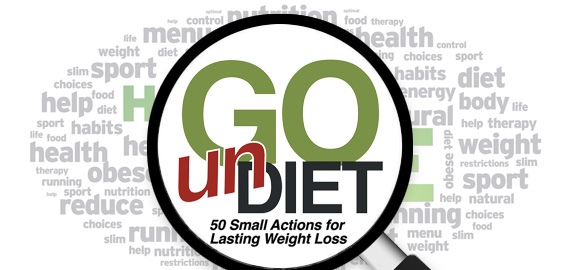Big Tummy Could Mean Big Trouble
With new research showing that abdominal fat is a major risk factor for heart disease, diabetes and other serious health problems, Duke University Medical Center researchers said that waist circumference can also be a reliable risk indicator.
Recent surveys have shown that more than a third of all Americans are overweight or obese. According to the Duke researchers, there are several simple methods for determining weight status.
One of the most common methods is the Body Mass Index (BMI). Lisa Giannetto, M.D., assistant clinical professor at the Duke Executive Health Program, says the BMI is one tool a physician can use to help determine risks for some of the most serious medical conditions, including cardiovascular disease.
"You can calculate your BMI yourself," Giannetto said. "Just enter your weight in pounds and divide that by your height in inches, squared. Then multiply that number by 703 to get your BMI.
"Typically a BMI between 19 and 25 is normal," she continued. "A number between 25 and 30 is overweight, and a BMI over 30 is classified as obese."
Recent research suggests that an even easier way to assess health risks may be the waist measurement.
"This is because where you store your body fat is actually more important than how much fat you have," explained Giannetto. People who carry more weight in their abdomen tend to have higher amounts of visceral fat, or abdominal fat, and that's a much higher risk for diseases such as heart disease, high cholesterol and diabetes.
"Just measure with a tape measure around the largest part of your waist. You can certainly start at the belly button, but there are people who are significantly overweight who may be a little bit droopy, so we tell them to measure there."
Giannetto says waist circumference can be a good indicator to see whether your weight may be putting you at risk for serious health problems.
"A waist size in women greater than 35 inches and a waist size in men greater than 40 inches is also a risk factor, because we're concerned where the body fat is and where the weight is," Giannetto said. "It's definitely more dangerous to carry extra weight in the middle of your body than in the bottom half."
"This is a measurement that's very easy for you to do and easy for your doctor to do," she continued. "It's a tool, not an absolute, just as the BMI is a tool we use when we look at overall risk factors for disease in patients."
-
Top 3 Weight Loss & Fitness Trends in 2009
2009 is half over; can you believe it?!
-
Winning At PostPartum Weight Loss Six Simple Strategies For New Moms Part 2
A healthy pregnancy almost always involves weight gain. But now that
-
Why Female Obesity Is Prevalent In All Population Clusters
Obesity affects a large portion of the t
-
Cardiovascular Exercise Program For You
A cardiovascular exercise program is nee
-
Types Of Weight Loss Programs
Your extra pounds of fat can be shed in different ways. But it is a c
-
Weight Loss Methods - Exercise Tips On Losing Weight And Burning Off Calories
Various methods exist today through which you can burn calories and al
- DON'T MISS
- Can We Thank Our Ancestors For Our Overweight Problems?
- How To Hire A Personal Trainer And Get The Best Deal Possible And How To Avoid Being Scammed
- 3 Ways to Lose Stomach Fat Fast
- What are the Health Benefits of the Pomegranate Fruit?
- Biggest Loser Weight Loss Diet For Weight Loss
- Lose Weight To Improve Your Diabetes Condition
- Are You Having A Hard Time Losing Weight?
- Night Time Workouts Have More Benefits
- An Overview Of The Most Popular Weight Loss Programs
- Why Most Weight Loss Diets Are Scams




